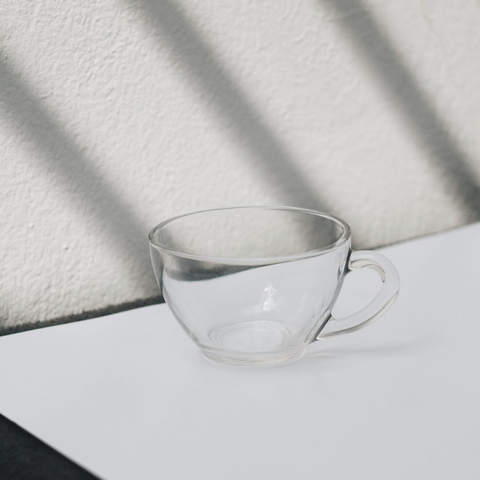Recycling is a great way to divert waste from landfills, save energy and conserve resources. But what happens when recycling isn’t done right? When we incorrectly throw waste into the recycling bins, it
costs recycling programs millions of dollars a year. These mistakes affect the recyclability of the materials, cause contamination, disrupt the machinery and can cause hazards to workers. Here are the top 7 recycling mistakes most people make. I hope this will clarify some of the confusion.
Mistake 1: Throwing Containers With Leftover Food Or Scraps
Most people assume that others will take care of the leftover food or scraps for them after tossing the containers to the blue bin. This is not true. During the collection, transportation, and sorting of the recyclables, leftover sauces and liquids can leak to other items such as papers or cardboards ruining other materials. To stop recyclable containers from ending up in landfills, instead, empty your containers and give them a quick rinse.
Mistake 2: Recycling Items Marked As “Compostable Or Biodegradable”
Contrary to what most people think, most recycling facilities do not accept items labeled as “compostable” or "biodegradable" in blue bins or even in green (food waste) bins. Whether they are biodegradable or compostable cutleries, containers, or coffee cups, these items have to be thrown in the garbage bin. This is because biodegradable plastic can degrade the overall quality of plastic if added to recreate new products. Also, compostable cups or utensils are designed to be composted in industrial composting facilities instead of recycling facilities. To avoid creating more waste, say no to single-use utensils when getting take-out food. It is also a good idea to bring your own mug and if possible, your container when getting food from outside.
Mistake 3: Recycling Soiled Paper Plates And Pizza Boxes
Most people think that anything made of paper is recyclable. But when paper plates and pizza boxes are soiled with food grease or sauce, they can’t be recycled. The good news is that they can be placed into the green bin along with all your food waste. However, if paper plates are coated with plastic lining, they have to be thrown into the garbage bin because it becomes even more difficult to be processed as the coating must be separated from the paper.
Mistake 4: Recycling Textiles
Clothing, linens, and curtains do not go into the blue bin. Just because we have heard of textile-to-textile recycling does not mean that textiles can be accepted in the blue bin. Instead, check with your local municipal office if there is a drop-off bin specifically for textile waste. Alternatively, you can consider donating used clothes to non-profit organizations or selling your clothes in the second-hand market.
Mistake 5: Recycling Household Hazardous Materials
Household hazardous products such as paints, automotive oils, herbicides, pesticides, light bulbs, batteries, etc. cannot be recycled or thrown into green or garbage bins. Usually, they cannot be poured into the drain or sewage to empty them. To get rid of used hazardous products safely, bring them to one of the City's Drop-Off Depots.
Mistake 6: Recycling Glass Dishes And Cookware
You might think that since glass jars and containers are recyclable, drinking glasses and cookware must be too. However, that’s not true. Drinking and cooking glassware has a different chemical composition and melting point compared to glass containers. Mixing them together contaminates the recycling of glass containers. Instead of throwing them in the garbage, consider donating them to a second-hand store or repurposing your drinking glass and glass cookware into light fixtures and succulent planters.
Mistake 7: Assuming All Recycling Facilities Have The Same Requirements
There are just too many new types of plastics and materials entering the market. It is getting more confusing for an average consumer to know what is recyclable and what is not. To make things more complicated, some recycling facilities don’t accept certain materials while others do, depending on where you live. For example, black plastic containers are not acceptable in Toronto while they are acceptable in Vancouver. Some cities require consumers to put the lids on for plastic containers while some don’t. In order to avoid confusion, the best guideline is to check with your local municipality to know what the rules are. If you live in Vancouver, you can use this Waste Wizard tool to find out what waste items can be recycled.
Recycling is good for the planet. But an old adage is still the best advice: reduce how much we use, reuse products for as long as possible, then only recycle the waste into new materials. The less waste you produce, the less there is to manage! Do you find recycling confusing? Let me know your thoughts on recycling in the comment box below!
All photos sourced from Unsplash and Canva

Written by Shufen Lee.













Leave a comment